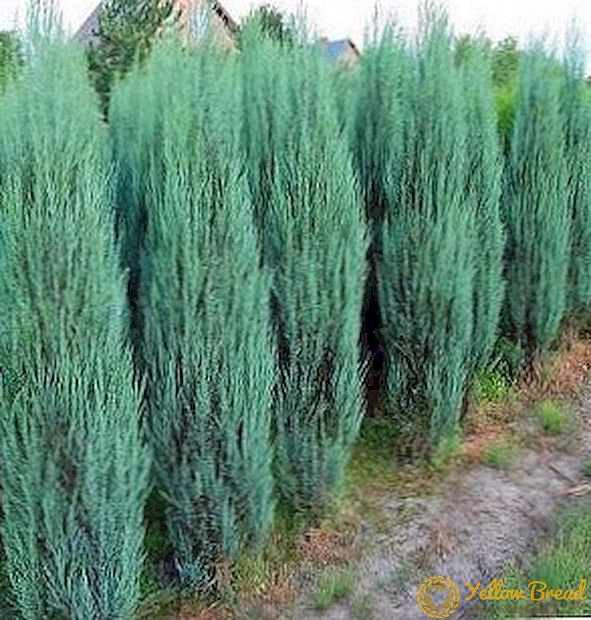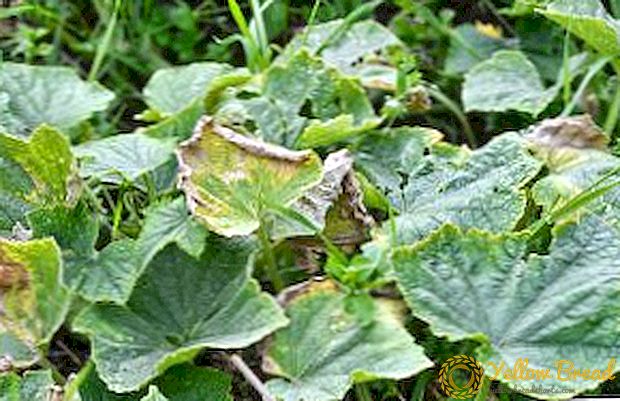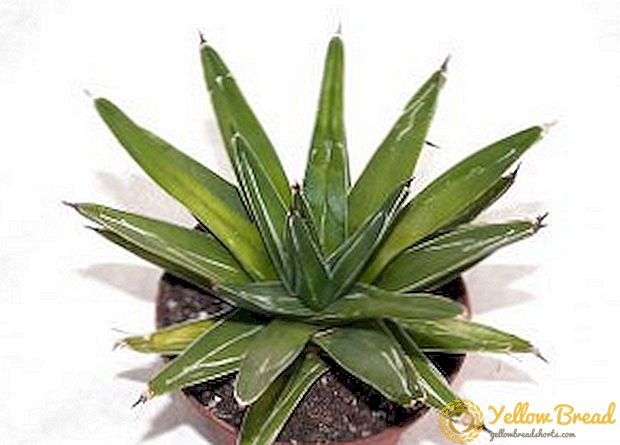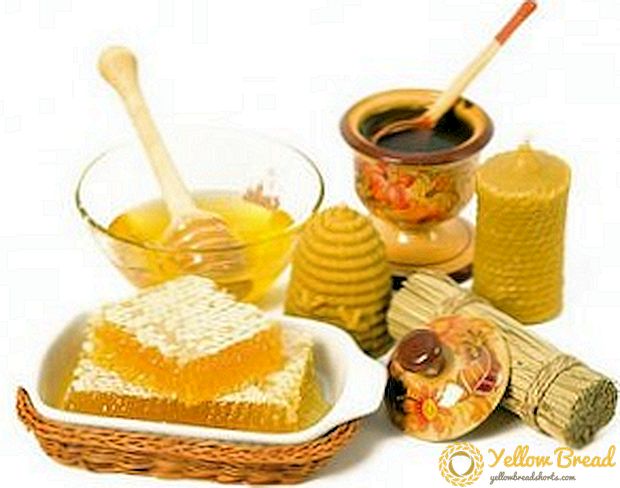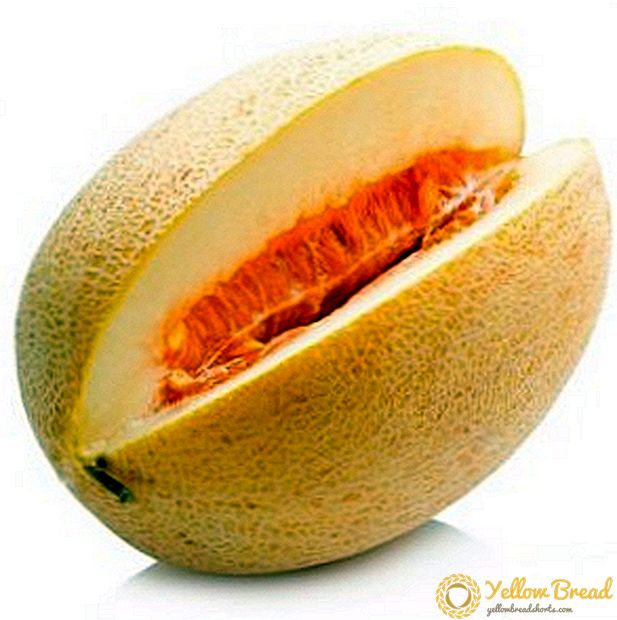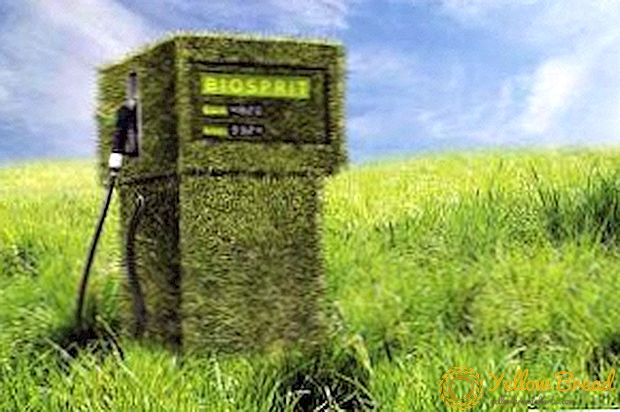 Comfrey - perennial grass growing in forests.
Comfrey - perennial grass growing in forests.
In this article we will provide a photo and description of comfrey, as well as find out where it grows, let's talk about the application of the root of the plant and the existing contraindications.
- Description
- Chemical composition
- What is useful plant?
- Application in different areas
- In medicine
- In cosmetology
- In dentistry
- Contraindications and harm comfrey
- Preparation and storage of medical raw materials
Description
Comfrey (or zhivokost) - tall grass. In the wild, it grows over a wide area from Britain to Japan. Mostly likes wet forests with fertile soil rich in minerals. Although it is a weed, but thickets almost never occur.
Zivokost has a powerful thick stalk, grows up to one meter in height. Possesses large fleshy leaves. Blooms buds, similar in appearance to the bells, pink.
The most valuable thing in the comfrey is its strong and big root. Outside it is black, inside it is white and juicy, greasy to the touch. 
Chemical composition
The roots contain:
- alkaloids - enhance the medicinal effect;
- tannins;
- glycosides;
- mucus - provide anti-inflammatory effect, analgesic effect;
- gums;
- resins;
- essential oil;
- Allatoin is the main beneficial component of the larkspur. It is because of the high content of this substance that the plant heals wounds so well, splits bones.
- vitamins B4, B12, C.
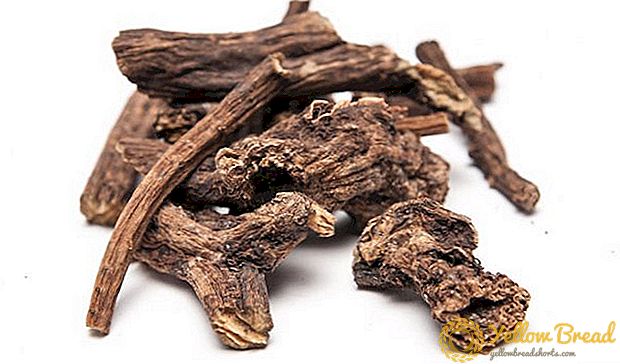
What is useful plant?
Comfrey has many useful properties. Drugs based on it have a tonic effect, improve appetite and eliminate digestive problems. Pronounced antimicrobial action.
Application in different areas
Such a set of useful properties simply could not be ignored. On the basis of zhivokost created many tools for use in medicine and cosmetology. The comfrey is best known as a medicine used for joints.
In medicine
- Used to treat the musculoskeletal system, with diseases of the joints.
- Effectively helps with fractures, arthritis, gout, arthrosis.
- To stop bleeding. It is equally effective in external (allantoin and mucus effect) and in internal (active substances through the neurohumoral mechanism) bleeding.
- A decoction of the root is useful for chronic bronchitis - due to anti-inflammatory and expectorant effects.
- When problems with the digestive system are prescribed infusion of rhizomes.
- Milk infusion is part of the treatment of bone tuberculosis.
- Ointment on the basis of zhivokosta prescribed for edema, various wounds, ulcers. In such cases, the healing effect of the plant is perfect.
In cosmetology
Comfrey extract is used to make baths. This aromatic procedure heals, moisturizes and softens the skin, quickly regenerates cells, heals the skin.
In dermatology, zhivokost use because of its properties to cure psoriasis, acne and other skin diseases, even boils. Herbalists recommend that fresh juice be used to relieve inflammation, acne treatment and minor skin lesions. 
In dentistry
Zhivokost is actively used in dentistry for the treatment of gums. To get rid of parodontosis, stomatitis use rinsing from herbal mixtures with comfrey. Well proven in the treatment of tooth decay.
Contraindications and harm comfrey
Zinnokostu inherent not only benefit, but also harm. Do not use comfrey in such cases:
- Pregnancy and lactation.
- Individual intolerance to the drug.
Preparation and storage of medical raw materials
The most valuable part of the plant is considered the roots. In spring or autumn, the roots are dug up and cleaned. Then cut into small segments of 15-20 cm and left to dry. Drying is carried out in warm, well-ventilated areas. The final drying is carried out at a temperature not higher than 40 ° C.
Store in dry rooms in bags, boxes or other containers made from natural materials.
Larkspur is recognized as a cure for a hundred diseases. It is equally popular in folk and traditional medicine. The main thing in the use of comfrey-based drugs is to strictly observe the dosage and consult a doctor.

